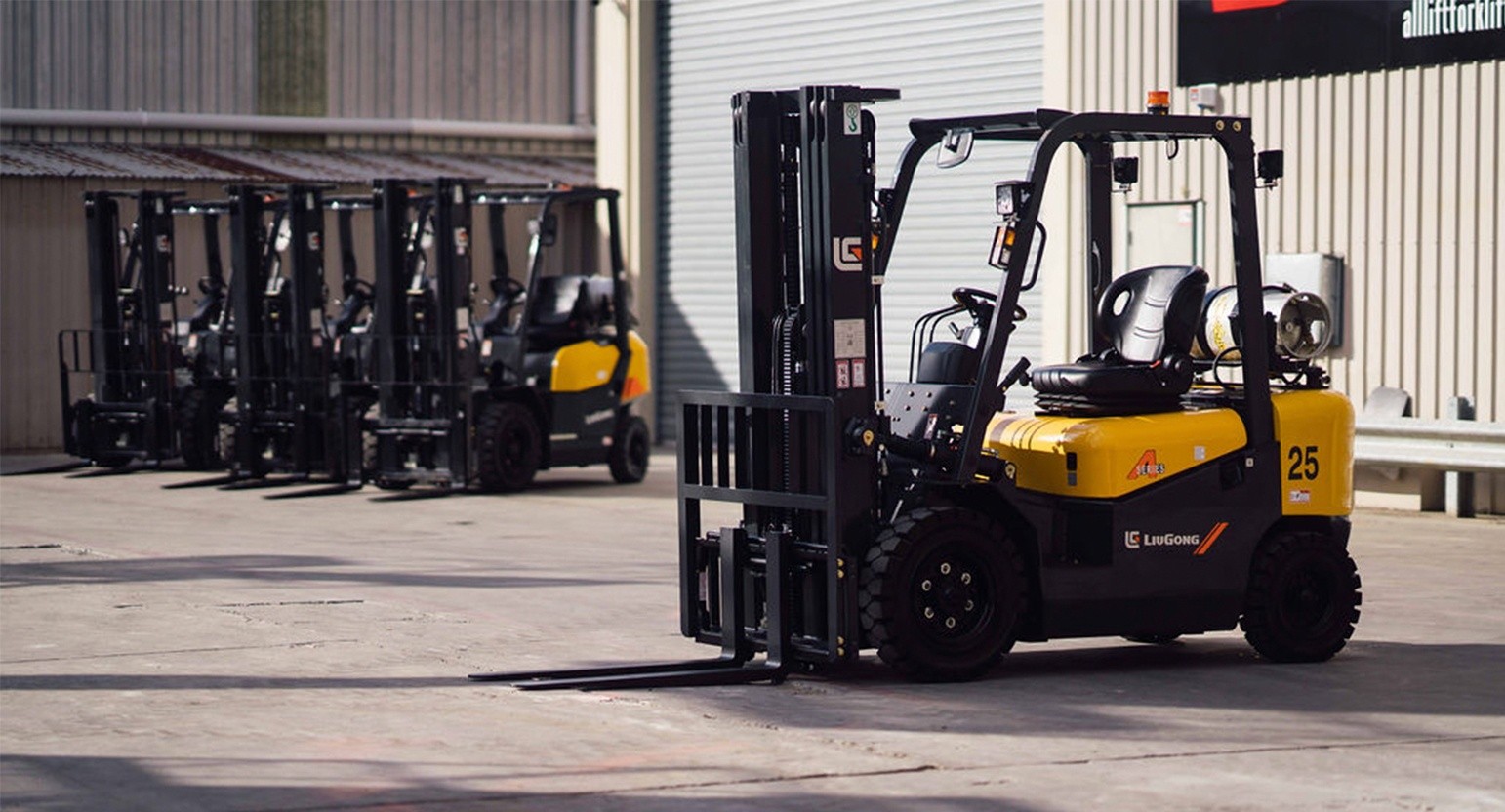How much electricity does a forklift use?
Typically when we’re talking about the benefits of a machine, we focus on the lift and load capacity, its manoeuvrability, intelligent handling and basically anything that has to do with improving the productivity of your work site. However, more and more we’re seeing forklift hire customers looking for another factor to tick off, lowered emissions. This is generally for one of two reasons, or for both: that it is better for the environment, and that it is a requirement of their worksite environment, such as working in a lower-ventilated area or indoors in a factory or warehouse. For this, there has been a rise in interest in electric forklifts. Sometimes there is one small concern, however: how much electricity does a forklift use? And does it cost more than fuel powered machines to run? Let’s weigh it up.
How much electricity does a forklift use?
This will of course depend on the usage of the electric powered forklift; how long you use, and for what tasks. Longer usage and heavier load jobs will increase the energy you use. However, a forklift battery is made to uphold around eight hours of action on a full charge. This time will also adjust based on the brand of battery you get, and your charging habits. For example, over or under charging the battery will negatively affect its durability. So, with that in mind, electricity usage will scale depending on these factors. Starting from where you’re at, you can add the charge time (around eight hours), multiply by your fleet and you’ll have the hours of usage. An electric forklift has a capacity of around 40kWh, and the charge per shift will be around 10kW. Again though, this is going to depend on the brand, age and treatment of your battery.
How much does an electric forklift cost to run?
This really depends on your electricity provider, the deal you have and your charging habits. If you have worked out a good off-peak deal to coincide with your usage and charging, you can pay just a few dollars for every charge. As mentioned, the run time is about eight hours, for every night of charge you get a full day’s work out of the forklift.
Compare this to the run costs of a diesel forklift or LPG forklift and the actual run costs are usually around 50% cheaper for the electric forklifts. (They do have higher upfront costs, though).
Factors that can decrease the efficiency and increase the run costs of electric forklifts
While they are extremely reliable and cost effective to run, it does all depend on the way you treat them and the environment they are working in. The main factors that decrease their renowned efficiency are:
High temperatures
Overheating can deteriorate a battery. That can be from environmental temperatures (like being in direct sunlight for too long), but most likely to occur if a battery has been charged and immediately set to work without adequate cooling time. Batteries should be able to moderate temperature to the touch. Managing this right will ensure your battery life is long, and keep your costs down.
Over and under charging the battery
Overcharging, as mentioned, can generate too much heat to sustain the battery’s life. And undercharging can reduce performance, and cause irreparable damage.
Using a low quality or old battery
The kind of battery you use will make all the difference. A brand new battery with a reputable brand will perform a lot more efficiently and safely than an old, overworked or low quality version. There will be red flags to an old battery on its way out; such as not charging within the recommended timeframe, or not withstanding one shift. You can talk to our friendly team about what batteries we recommend.
You may also like: How fast can forklifts go?
Ready to cut costs, emissions and go electric? Talk to one of our knowledgeable All Lift team members today about finding the right electric forklift hire or buy for your next job.





